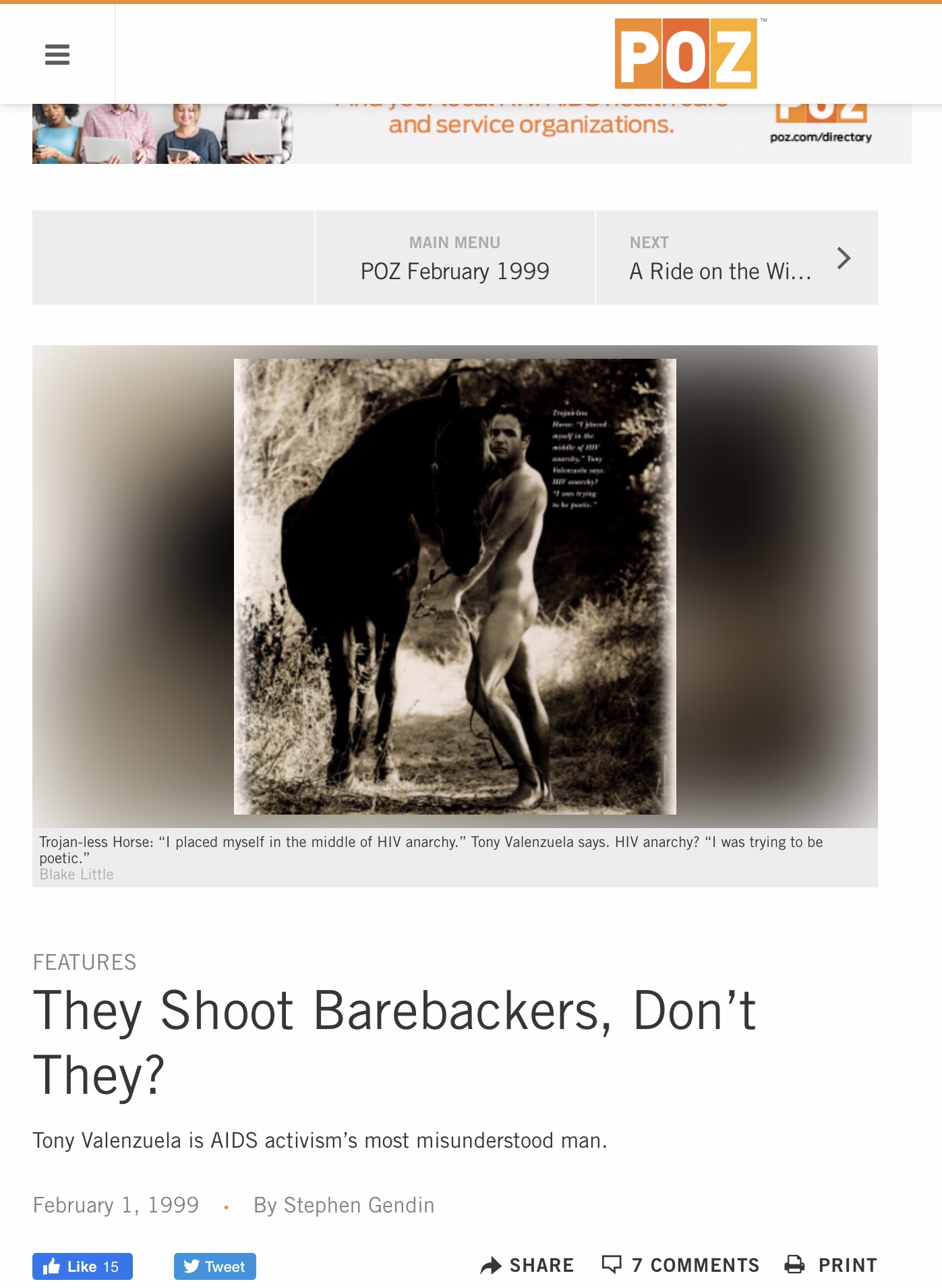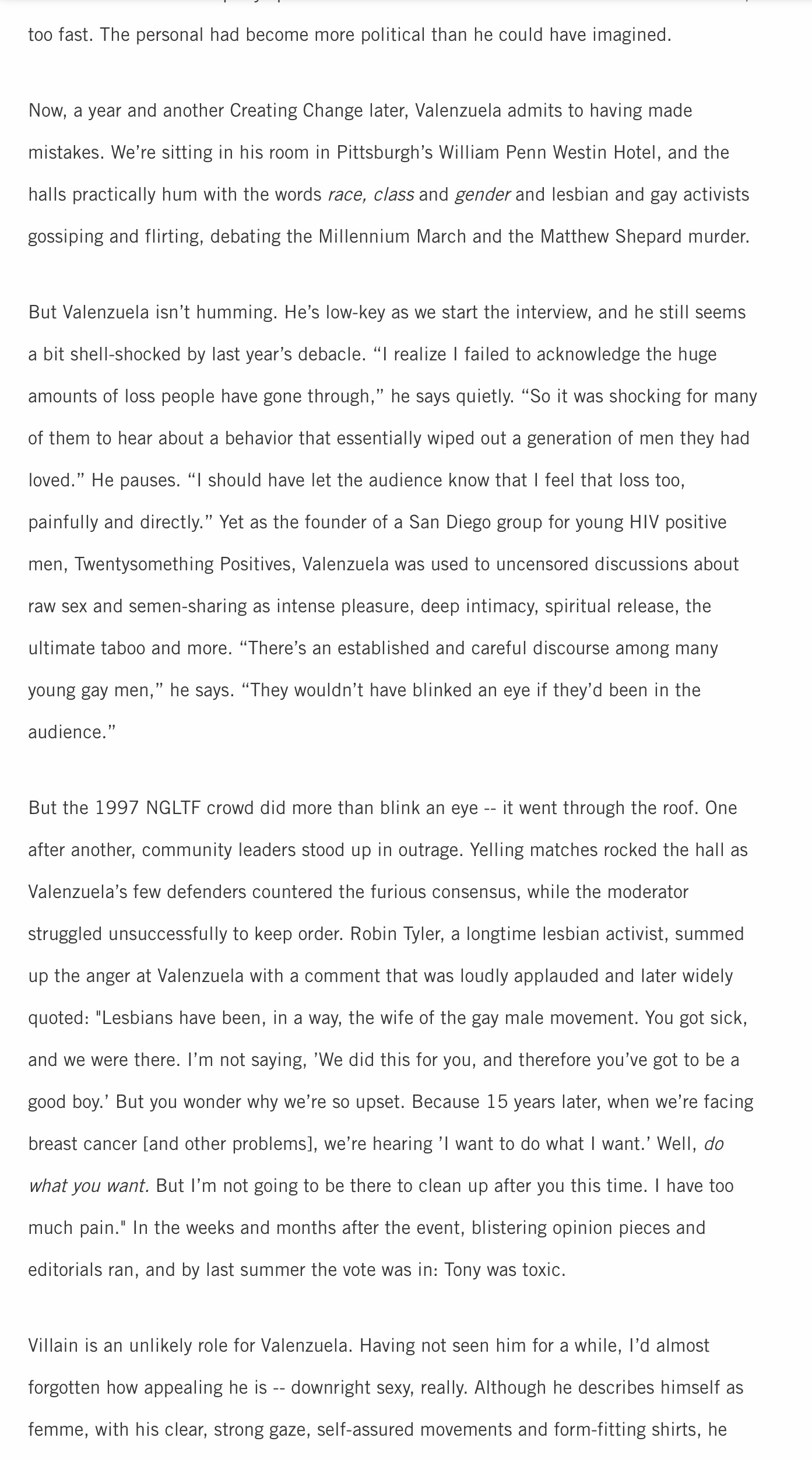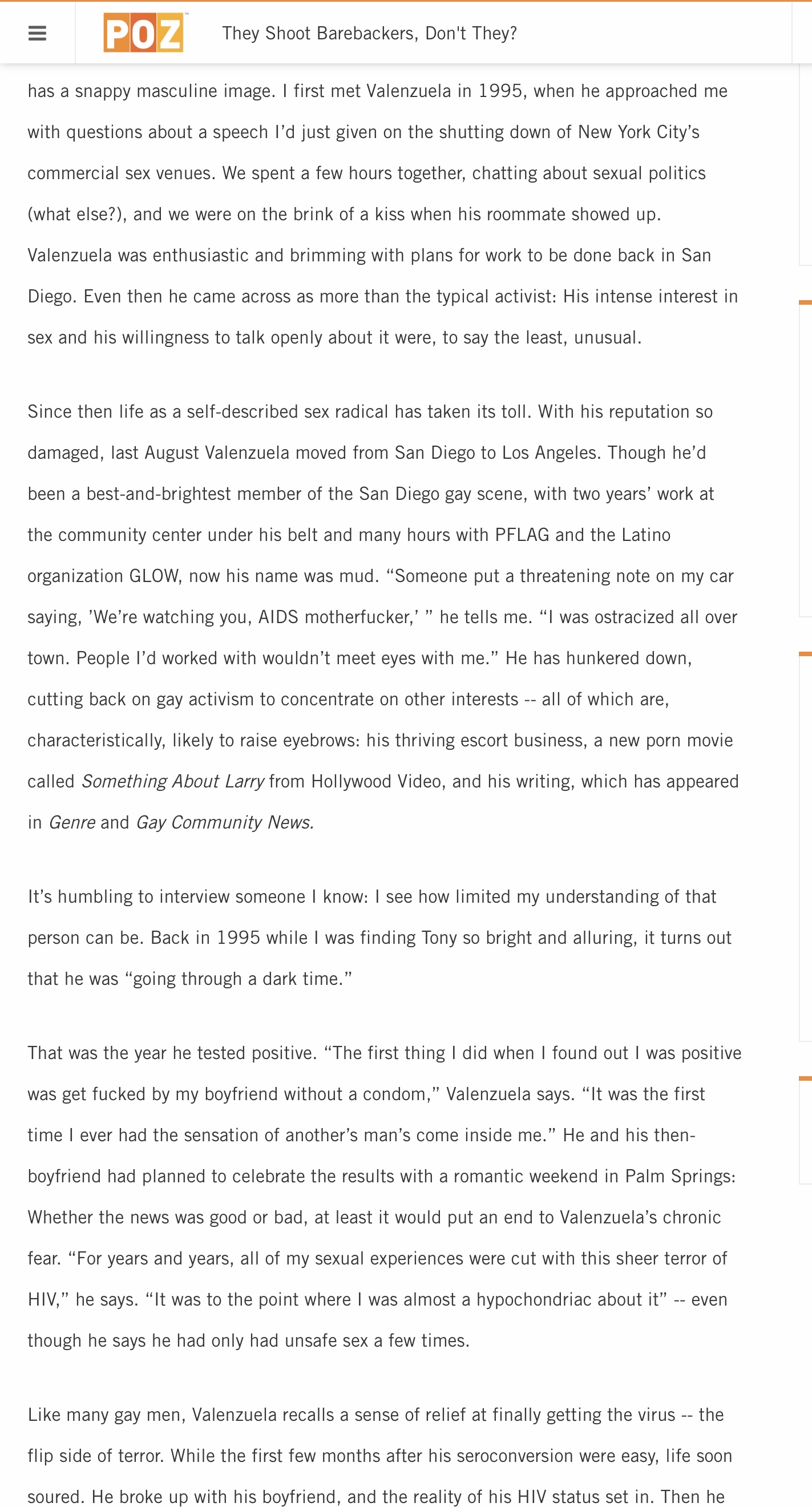Wrong Turns
How often have you asked yourself “what the hell am I doing with my life?”. How often have you sat at work and wondered,”’why am I doing this?”. I’ve found that as I get older, it’s a question that rears its ugly head more often. You ponder the missed opportunities, the wasted time in jobs you hated; you envy those who are happily going about their chosen careers, fulfilling ambitions, doing what they enjoy.
I sometimes feel I’ve lived a life of quiet desperation. Most of my work life has been for nothing. I’ve nearly always been unhappy in my job choices…despite being very good at it…and developed the I’m-just-doing-it-for-the-pay-packet mentality. Sure, my latter years have been a lot more fulfilling, but the operative word is ‘latter’.
I wasn’t offered a lot of opportunities to select a fulfilling career. I left school at 15, in 1969, with the School Certificate under my belt and no idea what I wanted to do. According to my father and his family, I needed to get myself a “career”. By ‘career’, they meant becoming a plumber, electrician, carpenter or any of the associated trades. Considering the current sexy status attributed to tradies, I’m wondering if it may not have been a bad choice. I loved working with food and even when I was at school used to create my own recipes. However, it was the wrong time to be a foodie. My father suggested becoming a hospital cook (and tried to get me into that area), but the prospect of being stuck in a hospital kitchen for years was daunting. Let’s face it, hospitals are not prestige culinary establishments, especially in the ’70s. I begged out of it, though despite the severe lack of a restaurant culture at that time, the TAFE course may have been of benefit – at least I would have got a grounding in the basics. I had an uncle who was a pastry cook and he helped get me work experience at a bakery (Isoms) in Campsie. Now, if I hadn’t been 16 years old, if I hadn’t had to get up at five every morning and if I hadn’t had washing up and measuring ingredients as the full account of my day, maybe I would have stuck with it. Four months and I was out.
I spent the next 12 months (A) as a presser at a dry cleaning outlet and (B) doing repetitive work at a battery factory, where at the age of 16 I was getting adult wages due to the high turnover of workers, and the mind-numbing repetitiveness of the work. Not very inspiring and certainly not life choices. While in the dry cleaning job, I saw an ad in the window of a menswear store for a junior shop assistant in a high end menswear store . I got the job and…
…pretty well set my career path for the next 28 years. A quick timeline from there would read clothing, records, religious and church paraphernalia, monastery, back to religious paraphernalia, bar useful, sex shop, liquor, community work, cash office manager, data entry/doctor surgery receptionist, office work (at ASHM – the Australian Society for HIV Medicine). At least a variety. Could I really say I loved any of this? Well, it was a job.
The option of continuing education, through TAFE or university, was never presented to me early in my life. Doing anything creative was frowned upon and indeed one would have had one’s ‘inclinations’ (read sexuality) put in jeopardy by even suggesting that you might want to write, be a window dresser, hairdresser, clothes designer, interior decorator, artist or anything else creative. I was told in no uncertain terms that this was unacceptable.
This isn’t to say I didn’t do a few things that fulfilled my creative streak. I did some window dressing as part of general retail; I did quite a bit of writing, though none of it published at that time; I did some costume-making (as well as making my own drag outfits); some catering from home for a delicatessen; made my own jams and preserves (winning quite a few prizes in the process); and I was a DJ in two Darlinghurst gay pubs and bars for five years – the only job I’ve ever truly loved. Who knows, I could still become the oldest Trance DJ in Australia given the opportunity.
What other options would I have chosen for my life? In retrospect, I would love to have been an investigative journalist, in print or television. I enjoy research, and love history, and personally think I would have made a decent career out of it. I love gardening and would have made a successful landscaper or horticulturist. I love athletics and was a good high jumper, relay and short distance runner in my day. With the right encouragement before I started smoking, I would have loved that; or working on the stage; or a singing career (again we come back to smoking!) I have an intense interest in history, both local and global, which could have led in many directions. All these not to be.
What do I do now? I write! I love writing. It’s the flow of ideas; having that fledgling phrase circling in your head that just has to be put somewhere; the one word that can become an article; anger that can be released; opinions that can be controversial; comments that create debate; taking the collective consciousness of many and making it your own; pent-up frustrations released; intelligent argument put forward; comedy to induce a smile; information to be exchanged. Writing is wonderful.
Why suddenly 15 years ago did I head in this direction? And more importantly, where can it lead at this late stage? Well, HIV brought about this huge shift in my life.
As part of my self-organised repatriation after getting out of Prince Henry Hospital and surviving AIDS, I decided to take on some volunteer work to get out of the house and away from Days of Our Lives and the panic attacks I’d started having as a result of my swift and unexpected return to life. A life of clinics, counsellors and support groups was great for filling in time, but I also needed to do something that wasn’t medical. I’d started to see one of Sydney’s more eccentric doctors at that stage and felt a need to write about my experiences with her. This opened the floodgates, which haven’t closed since. I started writing about my experiences with HIV, the processes I was going through, the strategies I was using to cope, the sheer bloodiness of being HIV+ and having had AIDS, the questioning one went through and the realisation that one had to get on with it.
I think therefore I write.
I have always, even as a young kid, loved books. My compositions at school were always a bit over-the-top, much to the amusement of my teachers, and my parents were always being told I had a very fertile mind. Shame they never took this seriously.
On leaving St Gregory’s in 1969, Brother Geoffrey, who taught English, took me aside and told me I should take up a career in writing. Stupid me just let that comment drop.
In the 1980s I was a member of Acceptance Melbourne l and had quite an intense affair with the editor of their newsletter, and contributed regularly to it. I was a prolific letter writer. I edited the newsletter for the Dolphin Motor Club and was responsible for them starting a media sub-committee. I did several courses through community colleges on fiction and life writing and had two poems published overseas.
In 2001 I was accepted into the Humanities Faculty at UTS to do a degree in writing. But the first year of an undergrad degree is full of everything except writing. UTS uses authors to run tutorials, which might sound great in theory, but is just a means for them to push their own writing agendas and methodologies. As a mature-aged student, I clashed! I also didn’t feel comfortable with the often snobbish, elitist attitudes to reading and writing. The tutorial class was horrified that my favourite authors are Stephen King, Dean Koontz, Dan Brown, Michael Crichton, and Edward Rutherfurd. Well…fuck them!
By the second year, and finding yet another author being given their own tutorial, I looked to changing the degree to a Masters. At least by doing this I was just writing. The writing courses did give me the opportunity to publicly write about my drag persona Cleo and in a short story course to talk about my murdered brother, which had never been discussed with anyone. This making public some previously private parts of my life (other than HIV) was very liberating. I had at this stage done enough subjects to get my Graduate Certificate in Writing, so I took that and fled.
My university experience is not something I wish to repeat. The one thing I did learn is that it is extremely difficult to make a living out of writing in Australia. In the meantime I continued writing for Talkabout and the more I wrote, the more I wanted to write. I began to realise that all these articles had become a timeline of my journey with HIV, from the days of illness to the healing process to the return-to-work issues, from treatment issues to regaining my health, redirecting myself and finally my movement away from a life centred around HIV, and a spiritual reawakening through Buddhism. In a way, writing freed me. I took advantage of the beginnings of the Internet to do HIV site reviews and eventually my cooking column. Before leaving Talkabout after 15 years of writing articles and columns, I did a series of articles on Getting On With It, about reshaping life, ageing, and how to cope with its inherent problems.
I would love to widen the scope of my writing. For many years people have been telling me to write about my family and upbringing which was a complex, sometimes sad, sometimes happy experience. Perhaps a bit late in my life – or not – I’m thinking of getting into freelance journalism. Everything HIV that has happened to me over the last 30 years has led to this. It has presented me with new opportunities and opened doors that had previously been closed to me. I am contemplating a course for 2024 – not a cheap thing to do, so I have to consider carefully. In the meantime I will continue to write. Am I self-opinionated? I hope so. Am I controversial? I hope so. Can I see both sides of an argument? I hope so! But most importantly, do I love writing? You bet!
Tim Alderman 2023




























